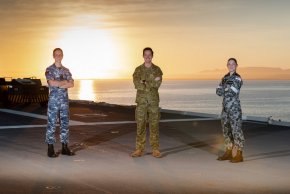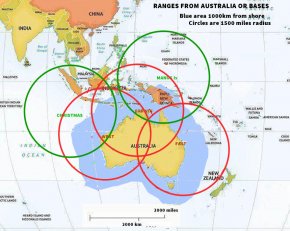Well I'm certainly not going to argue with you. The vessels we have (and are getting) are critical to our economy. There has been investment not only in the ships actually but also in the ports to help make it more efficient to get the containers on rail. (Not that our railway is the best, but it still moves a lot of freight.)
If by container vessels the meaning was they'd be much bigger, well that would have consequences for the ports too, wouldn't it? Not sure if much bigger ships are even needed. Most of Tasmania's freight - excluding bulk minerals, woodchips, logs - go through Melbourne using what I've seen described as a hub and spoke model.
I know this is already very off topic, but talking to a friend who works for Toll, it's interesting they had some real teething issues with their new ships. Seem to have them worked out now, but there were times they were leaving containers on the ships for two or three crossings because of delays in loading and unloading. There was some media reporting too, I recall. Straightened out now, from the sounds, but I imagine these things happen?
(I still don't see the reason for the angst. Maybe it's because I'm rather used to encountering views on the internet from people who seem to think they know more than I about subjects in which they really don't. That happens in some fields. But, yeah, I think it's better just to patiently explain why you're right and they're wrong, rather than just, like, asserting you are.)


